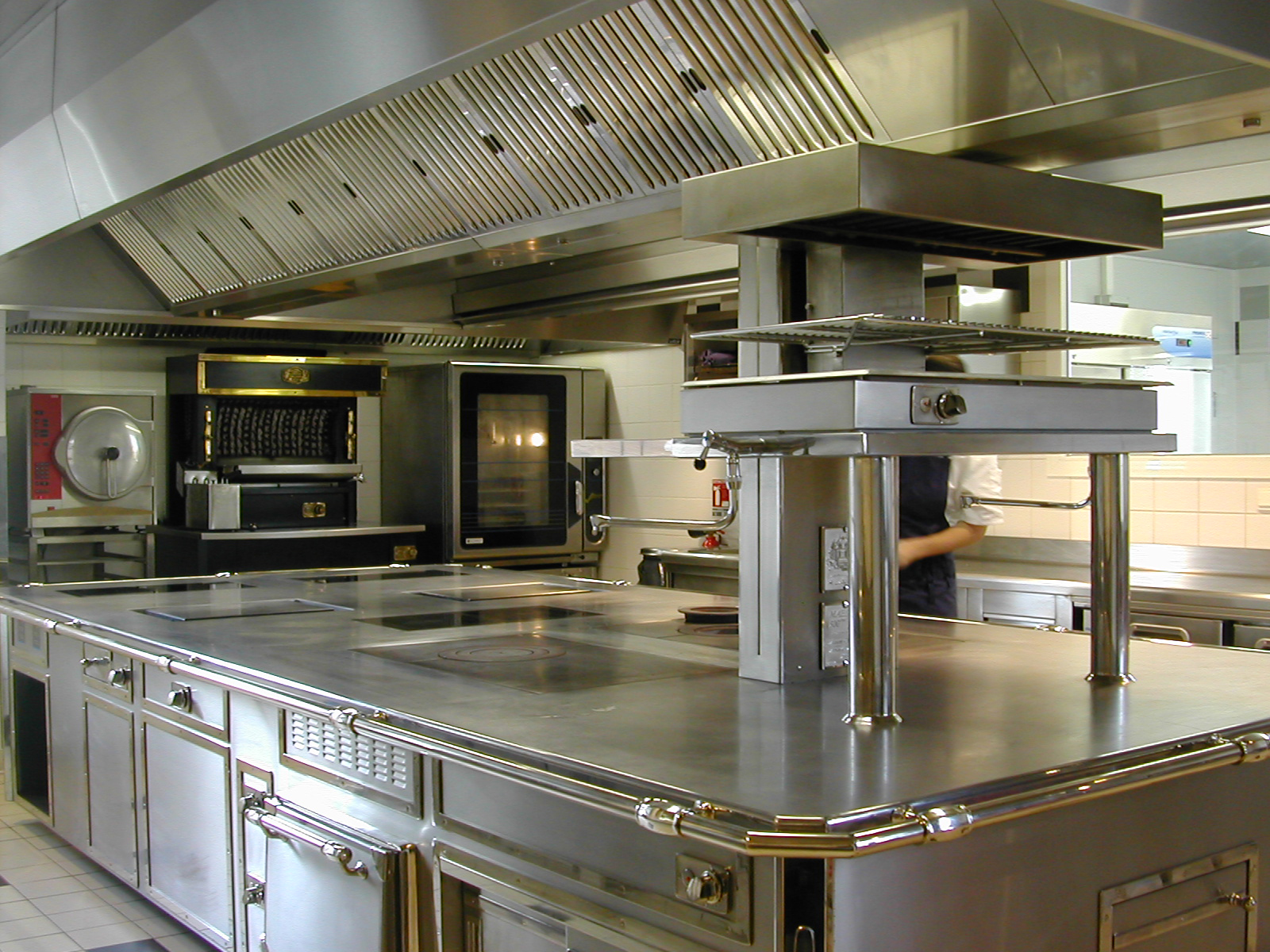The FEA recommends treating recommendations “as if they were mandatory”
The Foodservice Equipment Association (FEA) is calling on the industry to take the recommendations of DW172, the specification for kitchen ventilation systems issued by the Building Engineering Services Association (BESA), into account when designing, refurbishing or looking to implement energy saving measures into kitchens to maximise the safety and efficiency benefits.
The FEA is specifically drawing attention to the recommendations regarding demand controlled kitchen ventilation (DCKV) systems. This covers systems using a variety of methods for regulating the exhaust of kitchen appliances and replacing excess hot air in kitchens while bringing in fresh air without causing discomfort to staff, for example from strong drafts.
The need for this focus is because while DW172 is accepted as the industry standard, the fact the recommendations for DCKV are not mandatory can mean it is not seen as a priority at the design and specification stage. While manually controlled ventilation systems can help drive down the initial costs of creating a new commercial kitchen, those savings will quickly be outpaced by higher operating costs, along with increased risks for staff working in areas with potentially inadequate ventilation.
DCKV systems are defined by how they detect heat or cooking, each with their own benefits and drawbacks. The simplest uses a temperature sensor in the extraction canopy, which detects incremental increases/ decreases in temperature and adjust the extract/supply fans accordingly. More advanced systems add an opacity sensor which can detect the amount of steam within the canopy, which allows it to react faster to cooking operations.
Infra-red sensors can also be added to DCKV systems, which further speeds up the reaction time of the ventilation, for example by allowing it to detect the change in temperature when frozen food is added to hot oil without waiting for temperature or steam to rise into the canopy. Cooking activity systems like these can be precisely defined according to project-specific requirements.
As ventilation systems account for roughly 18% of energy use in commercial kitchens, ensuring that those systems are as efficient as possible will have a significant impact on energy consumption, and in some cases savings up to 80% on fan savings alone. A more efficient system will also improve working conditions by reducing temperature via space temperature technology and helping to remove excess carbon dioxide from the air via CO2/CO monitoring which can cause drowsiness in staff if not handled correctly.
The efficiencies offered by DCKV systems mean that the payback of their cost can take as little as two years, even for more complex systems. This efficiency also makes it a great choice for open plan theatre kitchens, as they do not adversely affect the overall temperature of the room.
“Demand controlled systems can cover a wide range of vital functions within kitchens,” says Keith Warren, chief executive of FEA. “Extraction, air supply and heating – it can do it all, so it’s a worthwhile consideration for any new kitchen or existing kitchens. However, the fact that it is not mandatory means that it is often treated as a ‘nice to have’ rather than an ‘ought to have’ or, better still, a ‘must have.’. The FEA feels that while it is not mandatory it should be treated as if it is, and should be something that is planned and budgeted for at the beginning of planning and specifying kitchens.”

